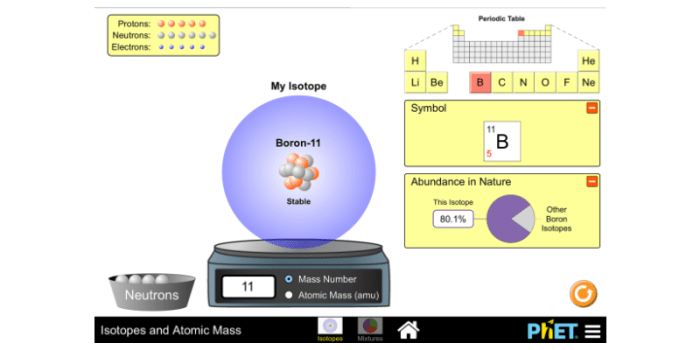Embark on a comprehensive exploration of acids and bases with our Introduction to Acids and Bases Worksheet Answer Key. This guide delves into the fascinating world of chemical reactions, providing a deep understanding of these essential concepts. Dive into the definitions, properties, and applications of acids and bases, unraveling the secrets of their behavior and significance in our world.
Acids and bases are ubiquitous in our daily lives, from the citrusy tang of lemons to the neutralizing power of antacids. Understanding their fundamental principles is not only essential for students of chemistry but also provides a solid foundation for comprehending various scientific disciplines and everyday phenomena.
Introduction to Acids and Bases
Acids and bases are two fundamental classes of chemical compounds that play a vital role in numerous natural and industrial processes. Understanding their properties and reactions is essential for comprehending a wide range of scientific and technological applications.
Definition of Acids and Bases, Introduction to acids and bases worksheet answer key
The definition of acids and bases has evolved over time, with different theories providing distinct perspectives. Three prominent theories are:
- Arrhenius theory:Acids are substances that ionize in water to produce hydrogen ions (H+), while bases ionize to produce hydroxide ions (OH-).
- Bronsted-Lowry theory:Acids are proton (H+) donors, while bases are proton acceptors.
- Lewis theory:Acids are electron-pair acceptors, while bases are electron-pair donors.
Properties of Acids and Bases
Acids and bases exhibit characteristic properties:
- Acids:
- Sour taste
- Corrosive to metals
- Turn blue litmus paper red
- React with carbonates to produce carbon dioxide gas
- Bases:
- Bitter taste
- Slippery feel
- Turn red litmus paper blue
- React with acids to produce salts and water
Acids and bases have contrasting properties, such as taste, pH, and reactivity with certain substances.
Question & Answer Hub: Introduction To Acids And Bases Worksheet Answer Key
What is the difference between an acid and a base?
Acids are substances that release hydrogen ions (H+) in water, while bases release hydroxide ions (OH-) in water.
What is the pH scale?
The pH scale is a measure of the acidity or basicity of a solution. It ranges from 0 to 14, with 7 being neutral. Solutions with a pH below 7 are acidic, while solutions with a pH above 7 are basic.
What is a buffer?
A buffer is a solution that resists changes in pH when small amounts of acid or base are added. Buffers are important for maintaining the pH of biological systems, such as blood.
